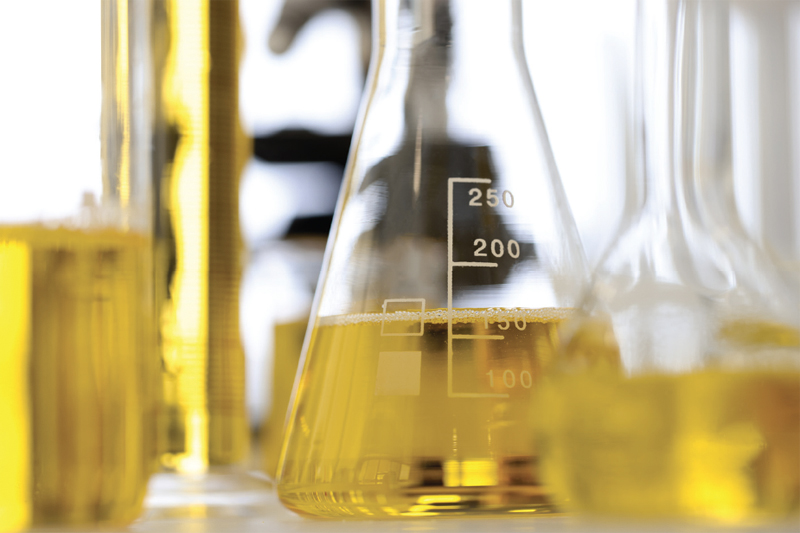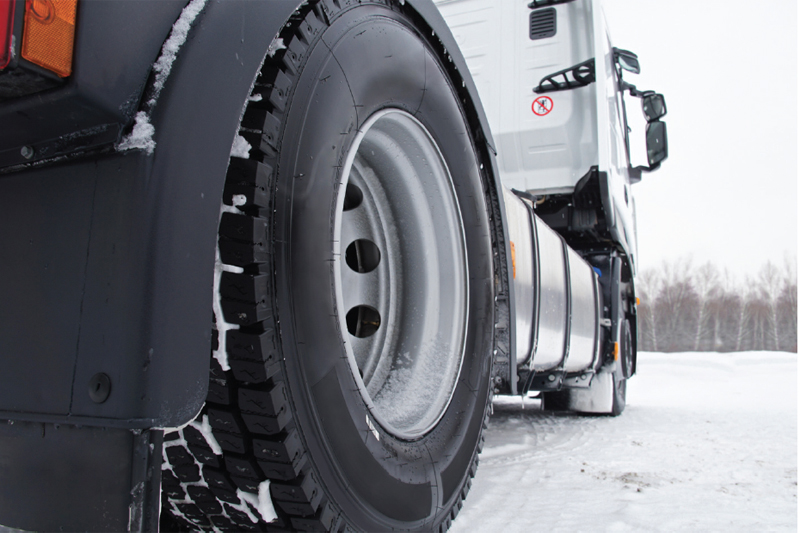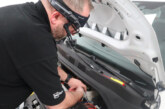
Keeping the wheels in motion during the worst of British winter weather is a major concern for many businesses – whatever the size of their commercial fleets – and it pays to be prepared. Tom Hyde, technical manager, Lubricants at TotalEnergies Marketing UK, tells us how.
There are several ways in which vehicle performance can be optimised for cold and challenging driving conditions to minimise the risk of safety hazards, costly delays and downtime. Savvy businesses will want to put their vehicles through a winter health check to test the battery, top up fluids and inspect tyres, wipers and lights before the dark nights set in.
However, to be best prepared it is also vital that the right engine lubricant and coolant are being used, and in the right way. A basic understanding of some of the chemistry behind these products can make a huge difference when carrying out winter servicing, helping drivers and fleets tackle whatever weather the winter throws at them.
Viscosity matters
High-quality lubricants that can protect engine components from friction, corrosion and deposit formation are essential at any time of year, but particularly so when cold starts and treacherous road surfaces put even more pressure on engines. Using oils that are specifically designed to reduce wear and improve performance, as well as extend drain intervals, will ensure that engines continue to work well during bad weather. However, oil viscosity – i.e. the lubricant’s resistance to flow (rather than its thickness) – is a key factor too, because it changes with temperature.

The viscosity of oil is very different to that of water. It increases at lower temperatures, meaning that it will not flow as easily in wintry conditions as it does in warmer weather, with potential implications for its effectiveness. Using a multi-grade oil provides a solution to this problem, because it reduces the differential between viscosity at cold temperatures, and viscosity at engine running temperature.
For example, 5W30 oil is a popular choice because its formulation means it can flow sufficiently freely when the engine is started at low temperatures to coat the engine components. This is not (as is commonly thought) because it has a lower viscosity in the cold and a higher viscosity at running temperature. Its viscosity is still higher in the cold; it’s just that its viscosity range can cope well with temperature variations.
Upping the antifreeze
Coolant and antifreeze (terms which are often used interchangeably but are in fact slightly different) also have an important role to play in winter by preventing vehicles from either freezing up or overheating due to the strain that ice and snow can put on the engine. Both products should contain high-performance additives to protect against corrosion, overheating and freezing; deliver long drain intervals to help lower maintenance costs; and be designed to maximise engine efficiency, as well as being environmentally friendly.

Engine coolant is a mixture of antifreeze and distilled water, and pre-mixed coolants usually consist of a 50:50 ratio, which will then have a freezing point of -37°C. Using pre-mixed coolants is convenient and should be suitable for most hot or cold weather conditions. Caution should be exercised, however, if considering changing this ratio during periods of extreme temperature.
For example, using 60-70% antifreeze is not recommended as it will reduce cooling efficiency because the specific heat capacity of glycol is lower than water, so the more antifreeze used the poorer the cooling efficiency.
Use of greater concentrations of antifreeze is only advised for arctic conditions due to the poorer cooling performance (i.e. 60% antifreeze can be used down to -50°C and 65% antifreeze to -65°C). Antifreeze must also be changed at the appropriate intervals – every two years for traditional antifreeze and five years or more for high-performance, long-life products.

Finally, additives have a key role to play too when considering suitable preparations for winter. More specifically, AdBlue is now a critical fluid for pollution control on diesel engines to reduce NOx levels using Selective Catalytic Reduction (SCR) systems. This is affected by cold weather as crystallisation of the standard AdBlue can occur in pipelines exposed to the cold. Additionally in the SCR other crystals can form which inhibit the efficiency of the system and flow of exhaust gases through it, particularly for vehicles which stop and start frequently under low load such as bus fleets. Using a solution like CLEARNOX – i.e. AdBlue with a patented special additive – in place of standard AdBlue will help to avoid the formation of deposits, thus improving efficiency and lifespan of the SCR.
Winter can certainly make life difficult for drivers and it is without doubt a time for extra caution. But bad weather needn’t keep vehicles off the road if mechanics go the extra mile with their seasonal servicing checks to make sure that lubricants and coolants are not just topped up but are calibrated for the conditions. It’s easy to do, for those in the know.








